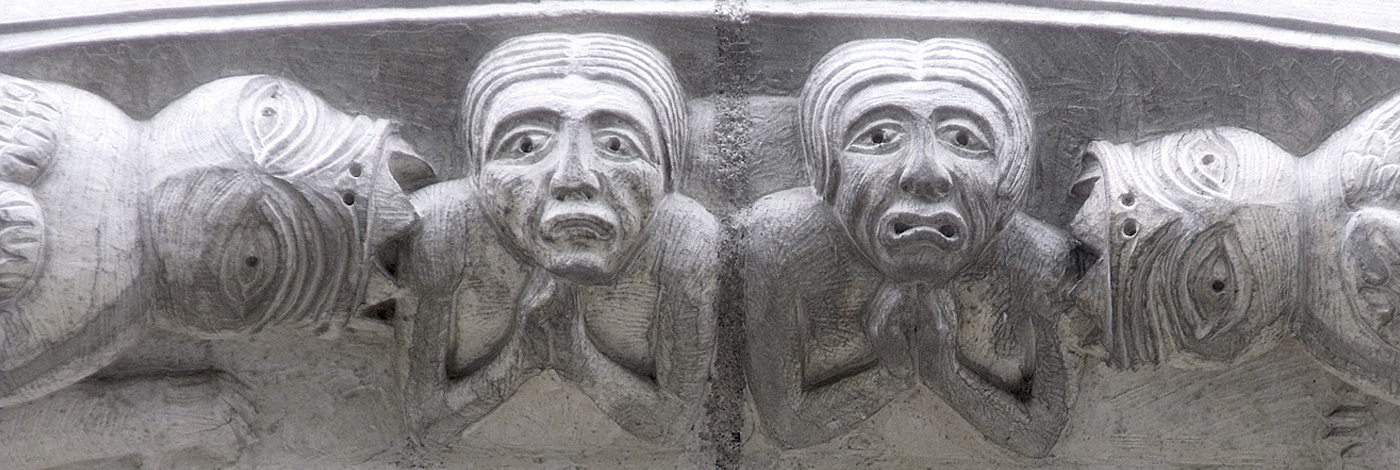
 Volume 8
Volume 8 Published on 23 April 2018
The Anjou and Touraine are two of the most historic regions in France and both are listed among Unesco’s World Heritage sites. This geographical area is often associated in people’s minds with the châteaux of the Loire valley, fine wines and a mild climate, but it is also the place where a geological stage of the Upper Cretaceous was defined, the Turonian. Even though the lower boundary of this stage is now defined in the United-States, near Pueblo, Colorado, the French stratotype retains its heritage value because it documents the contents of the stage.
The book begins by explaining what drove Alcide d’Orbigny, in the 19th century, to select the region extending ‘from Saumur to Montrichard’ as the type region of his Turonian stage. A number of publications are then reviewed, showing how knowledge of the type Turonian was pieced together over time. Different aspects are covered: the successive constitutive strata, mostly of tuffeau rock, the local landscape at the time and the palaeontological contents of the stage. The Turonian’s appearances in human history are also treated, in particular the tuffeau stone, which was quarried as a prized building material and used for the châteaux of the Loire Valley, and the old underground quarries that were turned into mushroom farms and wine cellars. The book ends with a focus on Turonian geological heritage at preserved sites and in collections.
AMÉDRO F., MATRION B. & ROBASZYNSKI F. (coord.) 2018. — Stratotype Turonien. Muséum national d'Histoire naturelle, Paris ; Biotope, Mèze ; 416 p. (Patrimoine géologique ; 8).